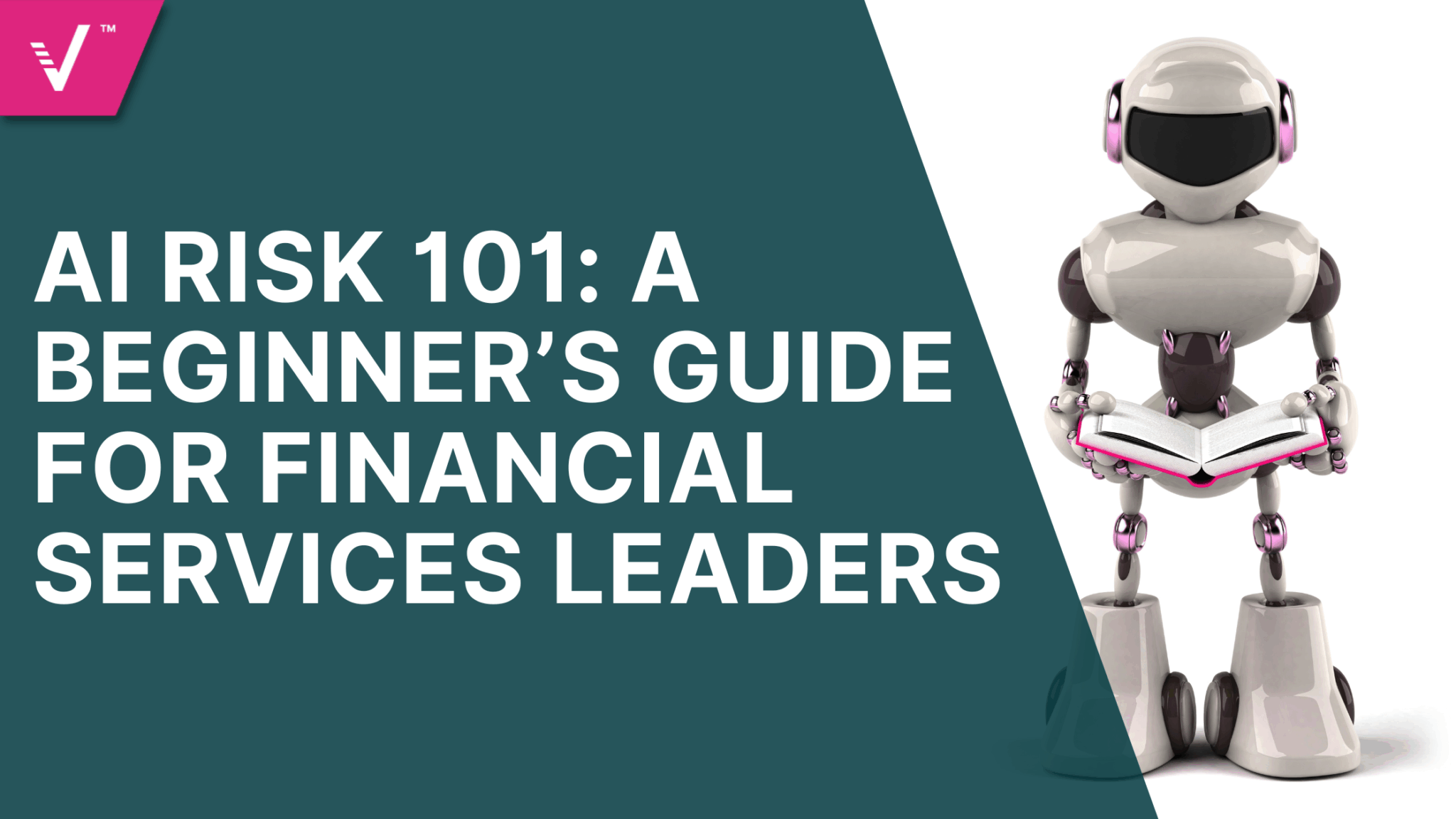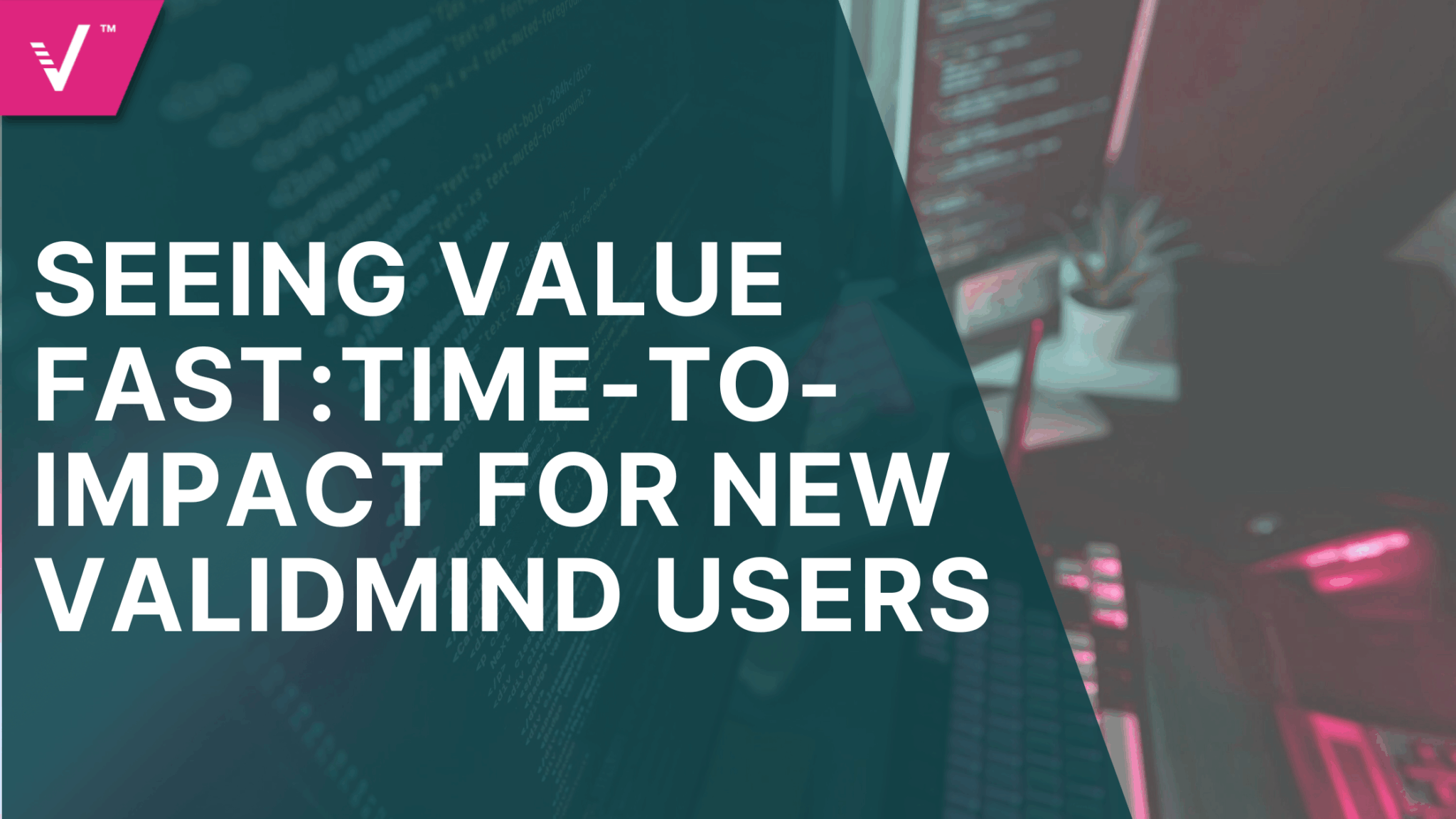AI Risk 101: A Beginner’s Guide for Financial Services Leaders

Few innovations this century have had as profound an effect on financial services as artificial intelligence. Its adoption is accelerating, and many leaders are realizing that AI brings opportunity and a new class of risk. For financial executives, understanding this risk is critical.
This guide breaks down the fundamentals of AI risk in financial services, offering practical insights to help manage innovation responsibly and build trust with customers and regulators alike.
Understanding AI Risk in Financial Services
AI risk refers to the potential harm or loss that results from an AI system’s design or deployment. These risks can stem from model errors, biased data, lack of transparency, or misuse of AI outputs in decision making. If the AI system were to fail, the consequences impact performance and regulatory compliance.
The stakes are high in financial services as AI models influence credit approvals, anti money laundering (AML) alerts, and investment strategies, all of which are heavily regulated and tied to customer trust. A flawed model can create unfair outcomes or financial loss, highlighting the need for strong oversight and validation processes. For today’s leaders, managing AI risk is about compliance and the necessity for sustainable innovation.
Common Types of AI Risks
As institutions scale their use of AI, understanding the main categories of risk is essential for effective oversight. The six that impact financial services include:
- Data Risk: AI systems are only as reliable as the data that feeds them. Incomplete or biased datasets can lead to unfair credit decisions or flawed risk assessments.
- Model Risk: Poor validation or reliance on “black-box” models makes it difficult to explain decisions to regulators or customers.
- Operational Risk: Weak model monitoring or lack of human oversight allows errors to go undetected until they cause significant damage.
- Regulatory and Compliance Risk: Misalignment with MRM standards like SR 11-7 or the EU AI Act can expose institutions to fines or enforcement actions.
- Ethical and Reputational Risk: Unintended discrimination or algorithms can limit customer trust.
- Cyber and Security Risk: AI models can become targets through manipulation or data breaches.
The Growing Regulatory Landscape: Building an AI Risk Management Framework
Regulators worldwide are shifting their focus on how financial institutions deploy and govern AI systems. In the U.S., the Federal Reserve’s SR 11-7 guidance on MRM continues to be seen as the main framework for compliance and accountability. Across Europe, the EU AI Act classifies credit scoring and AML systems as high risk, requiring more transparency, documentation, and more. Meanwhile, the U.K.’s SS1/23 emphasizes fairness, explainability, and consumer protection.
Compliance cannot be seen as optional. To meet regulatory expectations and maintain trust, institutions need proactive AI governance that integrates model validation and data management. AI risk also requires a framework that balances innovation with control, embedding governance practices across every stage of the model lifecycle.
Effective AI risk management starts with governance, where roles and responsibilities for model owners and validators are well defined. Strong data controls should be in place to ensure all training and input data are traceable and validated for any form of bias that may occur.
Within the model lifecycle management, institutions should apply active testing and monitoring from design to the retirement of models to guarantee that each model is performing as it should. Here, explainability, transparency, and auditability are equally critical as the output models produced should be communicated to all stakeholders and documented to support any type of internal review and regulatory compliance.
Throughout this entire process, continuous monitoring is mandatory to allow organizations to easily find model biases or drifts early on so that they can say with confidence their AI systems stay reliable and aligned with their objectives. Risk management is an ongoing discipline that ensures responsible innovation.
Takeaways for Financial Leaders
Managing AI risk should be a priority. Align governance with existing risk management and compliance frameworks, invest in oversight, and stay ahead of evolving regulations through proactive monitoring. Above all, maintain responsible innovation that balances AI’s potential with fairness and transparency.
AI is reshaping every corner of financial services, but with it comes responsibility. Institutions that manage AI risks effectively will meet regulatory expectations and earn the trust of customers and investors. The first step is simple yet powerful: audit your existing AI models, identify any governance gaps, and build a roadmap for responsible adoption. Long term success in the AI era depends on integrity as much as intelligence.
Discover how ValidMind can help you build long term success here.


